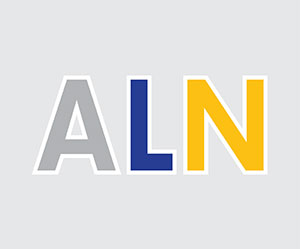Risk posed by pathogens in food of non-animal origin (EFSA Document)
Scientific Opinion on the risk posed by pathogens in food of non-animal origin. Part 1 (outbreak data analysis and risk ranking of food/pathogen combinations)
Abstract
Food of non-animal origin (FoNAO) is consumed in a variety of forms, and a major component of almost all meals. These food types have the potential to be associated with large outbreaks as seen in 2011 associated with VTEC O104. A comparison of the incidence of human cases linked to consumption of FoNAO and of food of animal origin (FoAO) was carried out to provide an indication of the proportionality between these two groups of foods. It was concluded that outbreak data reported as part of EU Zoonoses Monitoring is currently the only option for EU-wide comparative estimates. Using this data from 2007 to 2011, FoNAO were associated with 10% of the outbreaks, 26% of the cases, 35% of the hospitalisations and 46% of the deaths. If the data from the 2011VTEC O104 outbreak is excluded, FoNAO was associated with 10% of the outbreaks, 18% of cases, but only 8% of the hospitalisations and 5% of the deaths. From 2008 to 2011 there was an increase in the numbers of reported outbreaks, cases, hospitalisations and deaths associated with food of non-animal origin. In order to identify and rank specific food/pathogen combinations most often linked to human cases originating from FoNAO in the EU, a model was developed using seven criteria: strength of associations between food and pathogen based on the foodborne outbreak data from EU Zoonoses Monitoring (2007-11), incidence of illness, burden of disease, dose-response relationship, consumption, prevalence of contamination and pathogen growth potential during shelf life. Shortcomings in the approach using outbreak data were discussed. The top ranking food/pathogen combination was Salmonellaspp. and leafy greens eaten raw followed by (in equal rank) Salmonellaspp. and bulb and stem vegetables, Salmonellaspp. and tomatoes, Salmonellaspp. and melons, and pathogenic Escherichia coli and fresh pods, legumes or grain.
© European Food Safety Authority, 2013
http://www.efsa.europa.eu/en/efsajournal/pub/3025.htm
















